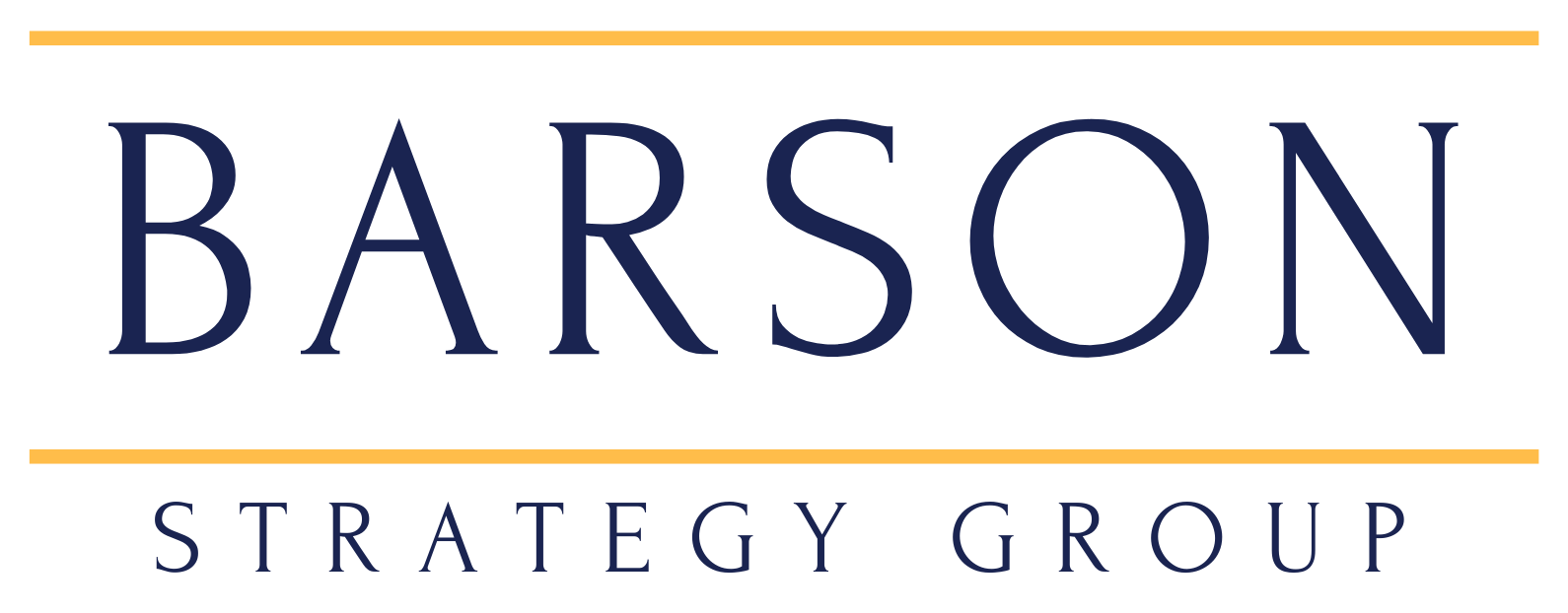There are as many types of cultures as there are companies.
Company culture is defined by the permissible norms of behavior and performance, values, beliefs, thoughts and feelings shared by the members of the organization, which can be clearly defined and, if possible, documented.
It is something that can be achieved by taking care of the habits and attitudes of all the people who make up the company’s structure, starting with the entrepreneur and the people with greater responsibilities in the organization chart, who will serve as an example and driving force for the rest.
Culture becomes the guiding thread that will define the work parameters common to all current and future employees in each of the departments or areas that make up the organization.
The 6 key elements that shape a company’s culture are:
Values: Everything that is desirable for the company, for example: tolerance, equality, respect, justice, sustainability.
Beliefs: serve as a behavioral guide for workers. Such as the company’s situation, mission, future objectives.
Communication: fundamental pillar that supports culture. Communication must be clear, transparent, continuous and at all levels. Without good communication it is not possible to create and share a good corporate culture.
Myths: stories, anecdotes, successes, important facts from the company’s or founders’ past, even positive ones, that helped the company grow and believe in the future; as negative, that they were part of the experience to learn and improve, and that together laid the foundations of the company.
Rituals, events or activities scheduled for key moments, which help establish and maintain values in workers, such as welcome or farewell rituals, recognition feedback, celebrations of important dates.
Symbols or models of behavior that, from the entrepreneur or management perspective, are a source of motivation for others, and whose function is mainly communicative and leadership.
The first responsibility of a company is to define the culture needed to achieve the desired objectives and, subsequently, design, build and share it every day, with all current and future components of the organization.
Therefore, the transmission and strengthening of culture must start from selection processes, going through the following phases:
- Screening of CVs, selecting those that show signs of transversal values or skills aligned with the company’s values.
- During interviews, observe candidates with attitudes aligned with the organization’s culture.
- During the hiring phase, with the signing of documents in which they are informed about the rules of conduct, the code of ethics, the behaviors desired by the company.
- During onboarding, it is the most important phase of culture affirmation by the new employee, with the support of their superior, who will serve as a model and example of what is desirable and what is not desirable, establishing the guidelines to continue to satisfy the expectations that the company has in relation to the newcomer in the development of their functions. At this stage you will also be given a welcome manual, which includes all the information about the company’s history, mission, values, objectives, description of your work with the functions and tasks you must perform.
Culture is like the character of the company, the non-mechanical part that influences any strategic or tactical change in any organization, at levels where, without a firm and shared culture, it will be very difficult to achieve the desired strategic objectives.

